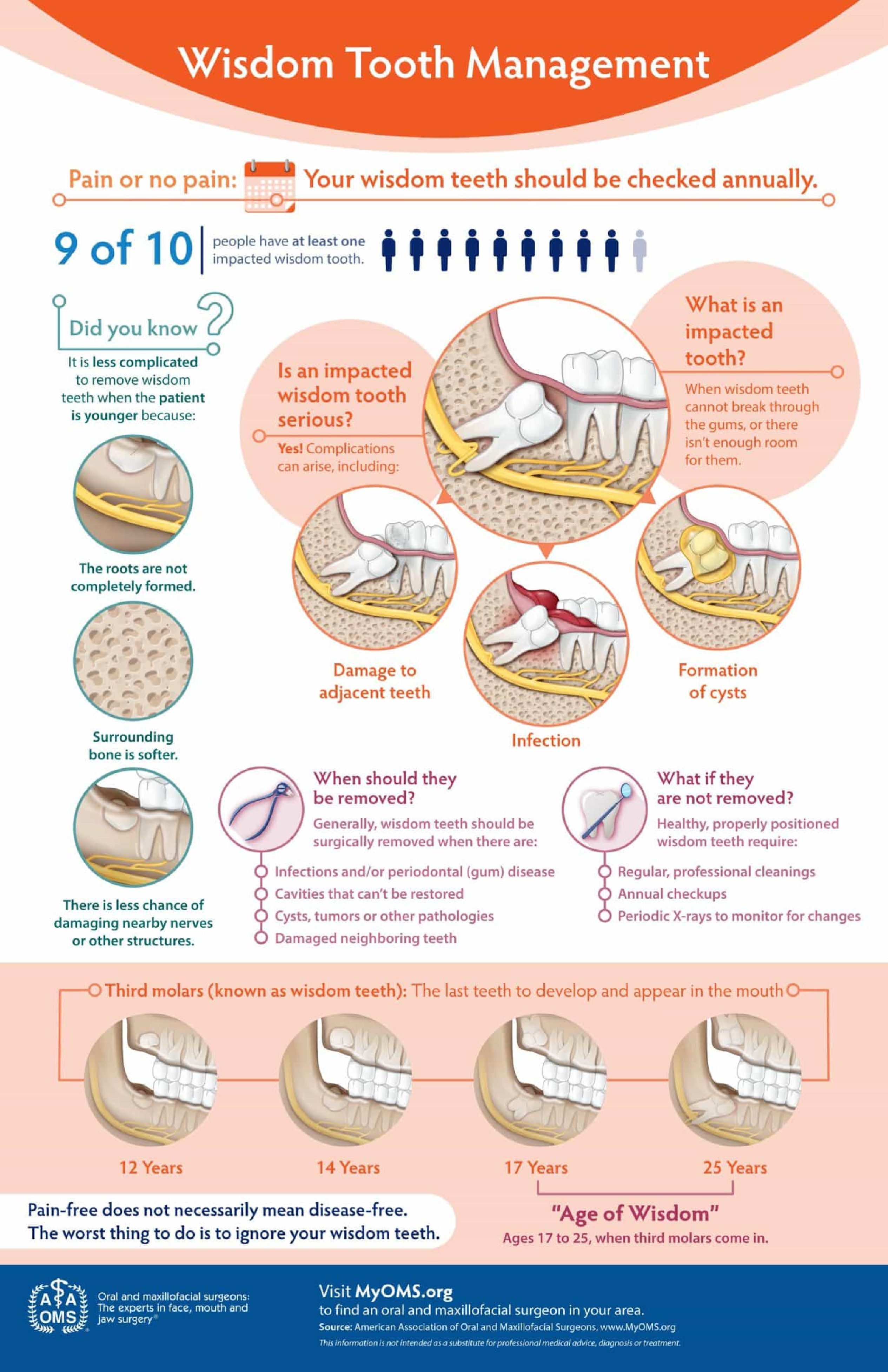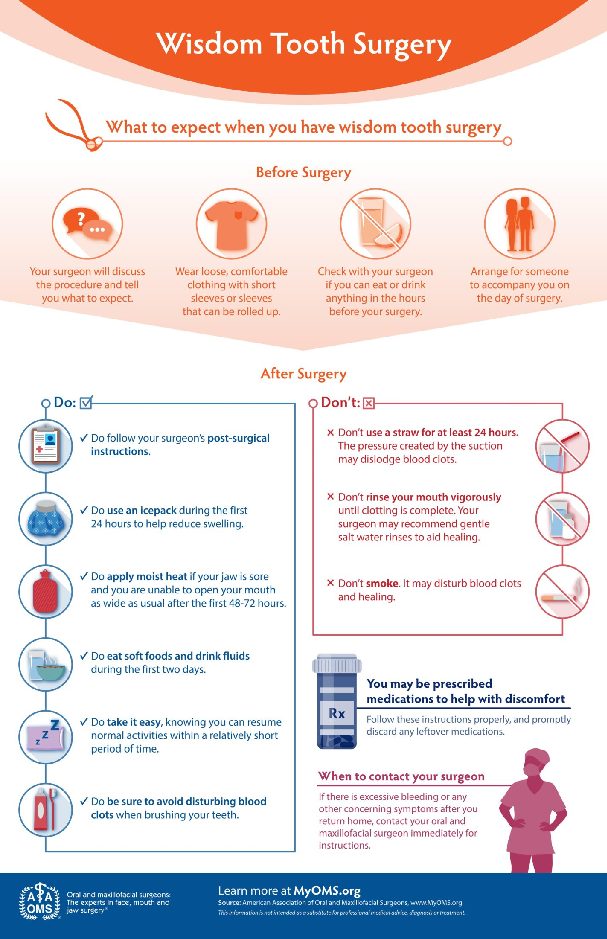Are you thinking about using a temporary anchorage device to fix dental problems? If so, you’re in good company because up to 91% of American orthodontists use them.
But what is a temporary anchorage device, how do they work, and what are their benefits? In this comprehensive guide, we’ll take a look at each question in detail.
What is a Temporary Anchorage Device?
A temporary anchorage device (TAD) is a kind of dental implant used to fix a variety of orthodontic problems. These problems may include the following:
- overbites, underbites, and other bite problems
- teeth that need to be pulled forward
- a tooth gap that needs to be filled
- molars that need to be straightened
- a broken jaw that needs to be repaired
The temporary anchorage device itself is typically made of titanium, a material that’s both durable and biocompatible. The titanium material is formed into mini-screws that measure about 6 to 12 mm long and 1 to 2.3 mm wide. These mini-screws get surgically attached to your jawbone.
How does a Temporary Anchorage Device Work?
A temporary anchorage device works by creating a fixed anchor point that dental surgeons —often Oral & Maxillofacial Surgeons — can use to guide your teeth into new positions. Usually, this is done through pushing, pulling, or some other movement that requires force.
For the TAD to do its job, however, you need it to be correctly placed in your mouth.
How Do You Place a Temporary Anchorage Device?
The placement of a temporary anchorage device can be broken into four main stages: the pre-surgery consultation, the TAD surgery, the post-surgery care, and the TAD removal. Let’s take a look at each.
Pre-Surgery Consultation
During the pre-surgery consultation, an Oral & Maxillofacial Surgeon will perform diagnostic tests to get a better understanding of how a TAD might benefit you. Then, the surgeon will explain how the entire procedure will unfold.
If you decide that a temporary anchorage device is right for you, then you may book an appointment for the TAD surgery.
The TAD Surgery
Placing a temporary anchorage device involves a minor surgery that’s relatively simple and pain-free. To get ready for that surgery, however, it’s important to clean your teeth and wear comfortable clothes on surgery day.
The dental surgeon will start by applying a local anesthetic to numb the placement area. Then, the surgeon will use a special hand-powered tool to screw the titanium posts into the jawbone. The entire process will only take a few minutes.
Post-Surgery Care
After a temporary anchorage device is firmly in place, most patients resume regular activities later that day.
Some, however, may feel slight pressure or mild soreness in the placement area. Usually, this only lasts for one to three days. If this is uncomfortable, you may use over-the-counter medications such as acetaminophen to alleviate the pain.
As the days go by and your temporary anchorage device does its job, it’s important to keep your gums and the area around the TAD clean. You can do this by brushing your teeth with a bacteria-killing toothpaste and rinsing your mouth with a bacteria-killing mouthwash.
This kind of dental care drastically lowers your risk of infection.
If the area isn’t kept clean, this may lead to gum inflammation which can cause an infection. In the worst-case scenario, the inflamed gum tissue may require the temporary anchorage device to be removed.
That being said, most temporary anchorage device placements stay clean and do their job very effectively. Although there’s no set time that a temporary anchorage device needs to stay in place, for most people, it stays in for a few months.
TAD Removal
When it comes time to remove the temporary anchorage device, you’ll return to the surgeon’s office. There, they will perform another relatively straightforward and pain-free procedure to remove the device.
Usually, this procedure is done without a local anesthetic, but occasionally a topical cream is applied.
Although rare, sometimes a temporary anchorage device comes loose before it’s time to remove it. If that’s the case, contact your surgeon, and they can readjust or replace the TAD.
Benefits of Temporary Anchorage Devices
The benefits of temporary anchorage devices include the fact that they’re non-invasive, highly customizable, and save time and money. Let’s look at each.
TADs Are Non-Invasive
In the past, when orthodontists wanted to correct overbite problems or straighten teeth, they turned to headgear. Needless to say, most patients were not thrilled with wearing that cumbersome appliance.
Nowadays, orthodontists can use the far less invasive temporary anchorage device to help straighten teeth and correct overbites. It also boosts the confidence of patients when compared to wearing headgear. This allows for a more comfortable teeth-straightening process.
TADs Are Highly Customizable
When compared to standard braces, a temporary anchorage device offers a far greater deal of customization. With a TAD, dental surgeons can control teeth placement in a way that was impossible in the past.
TADs Save Time and Money
A temporary anchorage device can save you both time and money.
TADs can save time because they speed up the process of realigning your teeth or your jaw. They can save you money because they help prevent the need for more complicated and expensive surgeries down the road.
Ready for Your Temporary Anchorage Device?
As we’ve seen above, a temporary anchorage device only requires minor surgery to get major benefits. Before deciding if a TAD is right for you, however, it’s helpful to talk to certified maxillofacial surgeons.
The team at Georgia Facial & Oral Surgery is here to do just that. We provide high-quality consultations before giving top-quality care. Request a consultation today to see how we can help.



